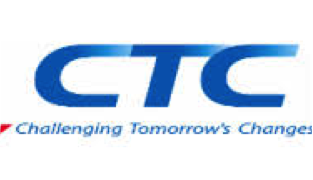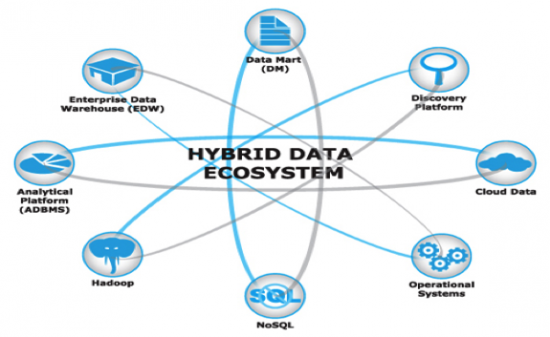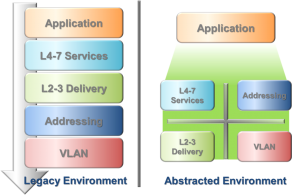In one of my earlier blogs, – “How to get more SAN mileage….” – I had highlighted how one can deploy End-to-End FCoE using a converged Director-class platform, like Nexus 7000, connected directly from the converged access switch, like UCS FI, in order to get the utmost agility. Well, this is how ITOCHU Techno-Solutions Corporation (CTC), a Cloud Service provider, deployed its network to get significantly higher mileage.
 CTC provides a wide range of IT services for business customers in Japan. The company’s Cloud Platform Group recently launched its innovative ElasticCUVIC shared private cloud service, which helps customers reduce infrastructure cost and management complexity. With large numbers of VMs, CTC wanted to simplify its data center architecture and IT management while optimizing scalability. The challenge was to deliver high-performance, easy-to-manage cloud services at scale.
CTC provides a wide range of IT services for business customers in Japan. The company’s Cloud Platform Group recently launched its innovative ElasticCUVIC shared private cloud service, which helps customers reduce infrastructure cost and management complexity. With large numbers of VMs, CTC wanted to simplify its data center architecture and IT management while optimizing scalability. The challenge was to deliver high-performance, easy-to-manage cloud services at scale.
The company evaluated several storage networking solutions and turned to Cisco for Fibre Channel over Ethernet (FCoE) solutions, which greatly simplify the infrastructure and management. CTC built its two newest data centers in Yokohama and Kobe with ultra-high performance and flexibility in mind. CTC implemented an End-to-End FCoE architecture using Cisco Nexus 7000 Series Switches, Cisco UCS servers, and FCoE connections between the switches, servers, and FCoE storage arrays.

With the converged FCoE architecture, ElasticCUVIC is enabling CTC customers to gain Continue reading “Cloud Service Provider deploys End-to-End FCoE”





CONNECT WITH US